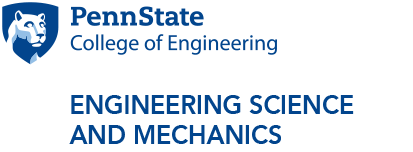What is the “And” in COVID-19?
Abstract: Schrodinger’s cat is a mind game wherein if you place a cat and something that could kill the cat, e.g., a radioactive atom, in a box and sealed it, you would not know if the cat was dead or alive until you opened the box, so that until the box was opened, the cat was (in a sense) both "dead and alive." This was done in part to illustrate that experimentation is required to find the answer and until then both are viable. A 13th century poet, Rumi, stated, “You think because you understand “one” that you therefore understand “two” because “one and one” make two. But you forget that you must also understand and.” Have we forgotten and in our research? Are we not to test hypotheses and not just a hypothesis? The talk will have underpinnings of the diversity prediction theorem that shows that ranges (hence the and function) of ideas/models gets closer to the “truth.” The case study for the presentation will be the COVID-19 pandemic in which and is an important word, e.g., is the pandemic real and political?; are there public health and economic devastations?; is the pandemic about you and me?; are solutions to the pandemic coming from public and private partnerships?; do pandemics past and present look strikingly similar?; what do we know and what do we not know about COVID-19?; are the spreaders and sufferers of COVID-19 the same?, why are there symptomatic and asymptomatic cases of COVID-19?; will the COVID-19 vaccine be safe and efficacious?, should we innovate vaccines and repurpose drugs? And gives us the opportunity to test hypotheses and ask, is better to be uncomfortably uncertain vs being comfortably wrong?
Bio: William Warren is a Vice President and leads a biotech unit (FluNXT) embedded within Sanofi to accelerate and focus on Next Generation Influenza Vaccine Projects.
Prior to this, he was CEO and co-founder of VaxDesign Corporation before it was acquired by Sanofi in 2010. Warren is also a co-founder of nScrypt Inc. a company that develops and manufactures 3D printing and bioprinting systems. He directed a diverse portfolio of R&D programs as a program manager at DARPA where he helped initiate the field of bioprinting tissue engineered constructs.Warren was a Principal Member of the Technical Staff at Sandia National Laboratories and received his B.Sc. Honors and Ph.D. degrees in Engineering Science and Mechanics from The Pennsylvania State University (thesis advisor Prof. Patrick Lenahan).
He is a Fellow of the American Institute for Medical and Biological Engineering, a distinguished alumni of the Pennsylvania State University, has authored over 200 referred publications, has one of the top cited papers in both the Journal of Applied Physics (top 20) and Applied Physics Letters (top 50), and over two dozen patents or patent applications. He has won several R&D awards, and several outstanding paper awards.
Additional Information:
For Zoom information and password, please contact Lisa Spicer at lms8@psu.edu
Media Contact: Lisa Spicer



